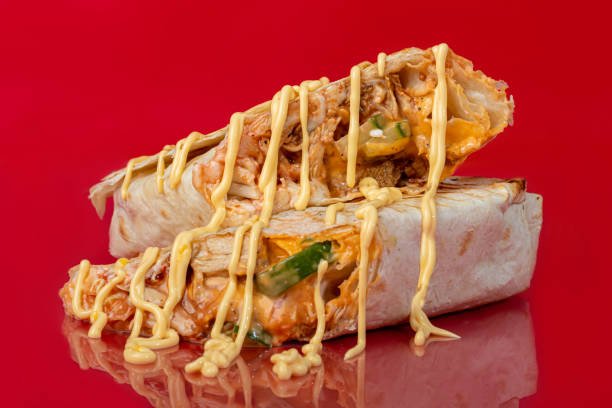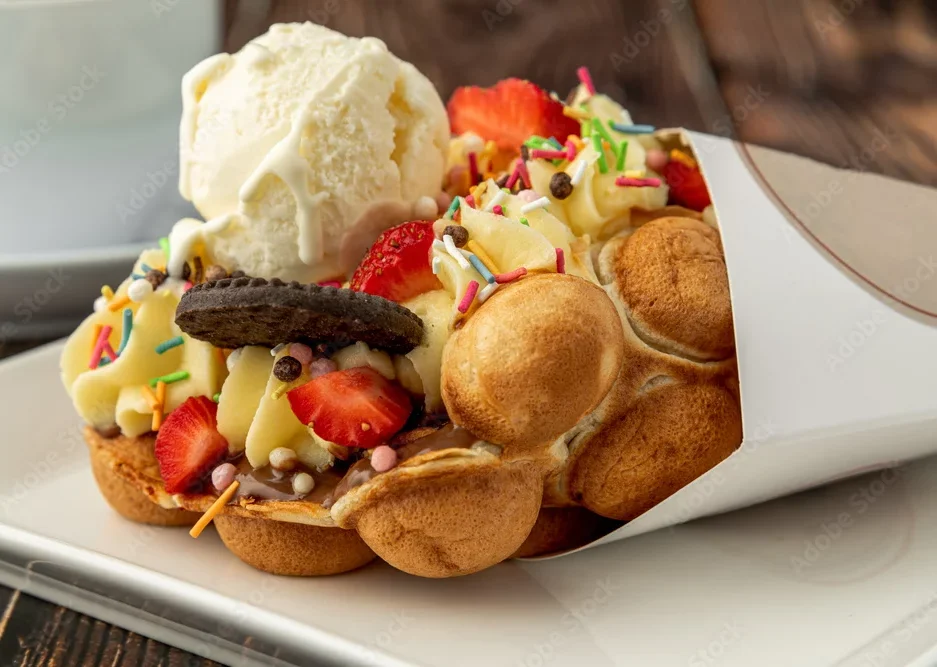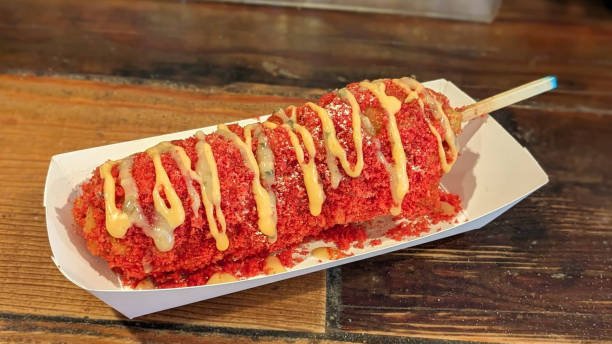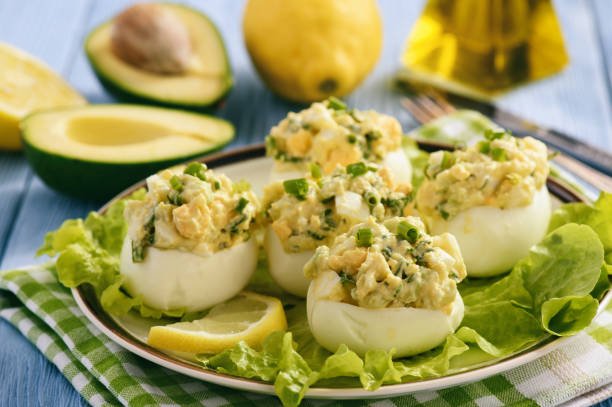Basque Burnt Cheesecake is a rich, crustless cheesecake with a deeply caramelized, burnt exterior and a creamy, custard-like center. Originating from the Basque region of Spain, this dessert flips traditional cheesecake on its head by intentionally baking at a high temperature to achieve its signature charred top. The contrast between the slightly bitter, toasty exterior and the smooth, sweet, and velvety interior creates a unique flavor and texture experience. With no crust and minimal ingredients, Basque Burnt Cheesecake is rustic, simple, and indulgent, making it a trending favorite in bakeries and restaurants worldwide.

What is a Basque Cheesecake?
Basque Burnt Cheesecake is a type of crustless cheesecake that originated in the Basque region of Spain, specifically from a restaurant called La Viña in San Sebastián. Unlike traditional cheesecakes, which are baked at a lower temperature for a smooth finish, Basque Burnt Cheesecake is intentionally baked at a high temperature, which gives it its characteristic “burnt” or deeply caramelized top and edges.
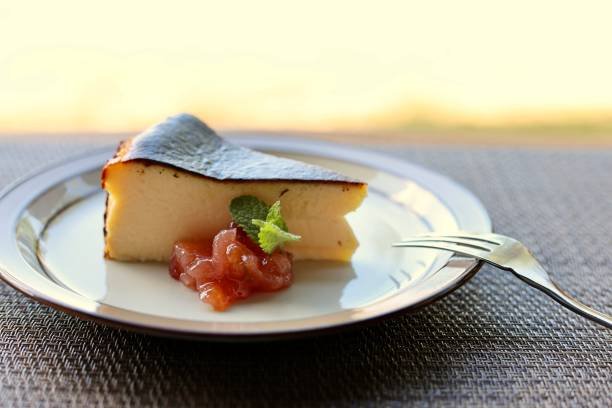
The high heat causes the cheesecake to develop a dark, almost charred exterior, while the inside remains creamy and custard-like. This creates a wonderful contrast of textures and flavors: the slightly bitter, caramelized top balances the sweetness of the smooth, soft, and rich interior. Despite its dramatic appearance, Basque Burnt Cheesecake is quite simple to make, using only a few ingredients like cream cheese, sugar, eggs, and heavy cream.
The rustic, imperfect look and luxurious flavor have made it a trendy dessert around the world, particularly popular in cafes and bakeries.
Ingredients:
- 500g (18 oz) cream cheese (at room temperature)
- 200g (1 cup) granulated sugar
- 4 large eggs
- 240 ml (1 cup) heavy cream
- 1 teaspoon vanilla extract (optional)
- 20g (2 tablespoons) all-purpose flour
- ¼ teaspoon salt
How to make Basque Cheesecake.
Instructions:
- Preheat the Oven:
Preheat your oven to 400°F (205°C). Line a 9-inch (23 cm) springform pan with parchment paper, making sure the paper comes up the sides to create a rustic, wrinkled edge. You don’t need to worry about perfect smoothness—this gives the cheesecake its characteristic look. - Beat the Cream Cheese and Sugar:
In a large bowl, beat the room-temperature cream cheese and granulated sugar together until smooth and creamy, about 2–3 minutes. Use a hand mixer or stand mixer at medium speed. - Add Eggs One at a Time:
Add the eggs one by one, beating well after each addition. Make sure each egg is fully incorporated before adding the next. - Mix in Heavy Cream and Vanilla:
Slowly pour in the heavy cream and vanilla extract (if using). Mix until smooth and fully combined. - Sift in Flour and Salt:
Sift the all-purpose flour and salt into the batter and gently fold or beat on low speed until smooth. This step will give the cheesecake a slight structure without making it dense. - Pour the batter into the Pan:
Pour the batter into the prepared springform pan lined with parchment paper. The parchment should extend above the sides of the pan by at least 2 inches. - Bake:
Place the cheesecake in the preheated oven and bake for 50–60 minutes. The top should be deeply golden brown and almost burnt, while the center remains jiggly when you give the pan a gentle shake. - Cool Completely:
Remove the cheesecake from the oven and let it cool in the pan. It will deflate slightly as it cools, which is normal. Once at room temperature, chill in the refrigerator for at least 4 hours or overnight to fully set. - Serve:
Once chilled, slice and serve! The cheesecake should have a creamy, custard-like center with a rich caramelized exterior.
Tips:
- No Water Bath Needed: Unlike traditional cheesecakes, no water bath is required. The high baking temperature is what creates the burnt top and rustic look.
- Parchment Paper Wrinkles: Don’t worry if the parchment paper creates creases—this gives the cheesecake its signature crinkled edges.


